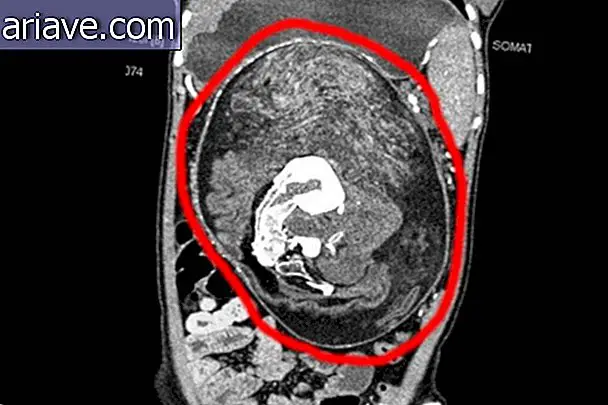7 Most Painful Physical Conditions in the World
“Conventional” pain such as headache, muscle and stomach pain can be eliminated with medicines. However, there are situations that not even the most potent painkillers can solve.
The Discovery News website contacted Allan Basbaum, head of the University of California Department of Anatomy and editor of PAIN, an official journal of the International Pain Studies Association, to create a list of the most painful physical conditions for humans.
It is worth mentioning that the order of pain presentation does not represent that one situation is worse than the other, since the intensity of pain may vary according to the person's organism and the stage of the disease.
1. Cluster headache

Cluster headache is considered the strongest headache by current medicine. It is characterized by reaching only a part of the skull (usually in the ocular or temporal area), causes stuffiness or runny nose and makes the eyes watery. Seizures can last from 15 minutes to 3 hours in cycles of up to eight times a day.
This type of pain is rare: only 0.1% of the US population, for example, suffers from it - according to data from the University of California Headache Center. However, women who have experienced it even compare it to labor pain without anesthesia.
2. Renal Calculus
Renal stone (popularly known as kidney stone) consists of constituting solid masses from the crystallization of mineral salts in the kidneys or urinary channels. These rigid formations cause pain that spreads through the abdomen, back, side of the body, and even the groin, as well as nausea, vomiting and fetid urine.
3. Trigeminal Neuralgia

Also known as Fothergill's disease or paroxysmal facial pain syndrome, trigeminal neuralgia is a disorder that affects one of the most important nerves in our head, the trigeminal nerve. It causes intense and constant pain in the eyes, nose, jaw, forehead and even scalp. This situation is more common among women over 40 years.
4. Spinal cord injury
In addition to the risk of becoming paralyzed or quadriplegic, the person suffering a spinal cord injury experiences extremely severe pain. Allan Basbaum explains that “the experience of pain is interpreted by the brain. Just because there's no input doesn't mean the brain won't have an answer. ”
5. Burn
Burns cause continuous pain that gets worse when the skin is stretched or only lightly touched, which is due to damaged nerves. In addition, the recovery treatment itself causes additional pain as the necessary regular dressing and dressing changes often end up causing discomfort.
6. Gallbladder Stone

Having the scientific name cholelithiasis, gallbladder stone is basically the formation of rigid gallbladder stones, which can progress to inflammation of the gallbladder. The symptom of this disease is sudden pain that may last for 5 hours in the upper right abdomen and be accompanied by vomiting, fever, changes in stools and yellowing of the skin and white part of the eyes.
7. Childbirth
The birth of a child causes such severe pain in the mother that the pains of childbirth even serve as a reference for comparison between other situations, as mentioned above in the presentation of headache in salvia.











